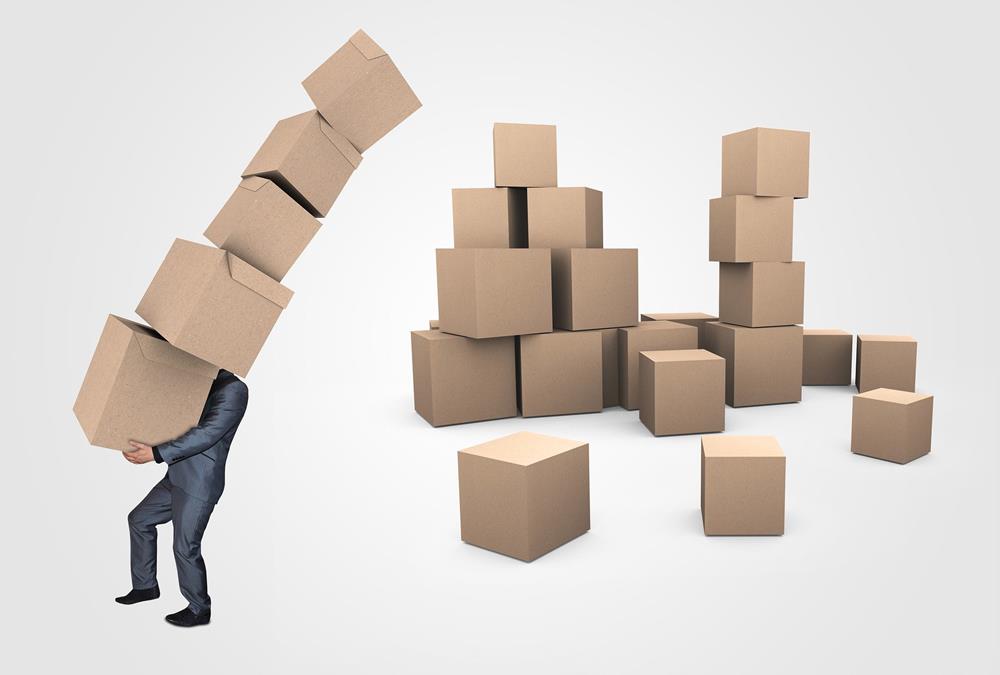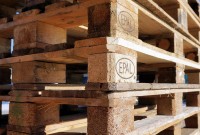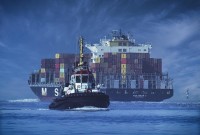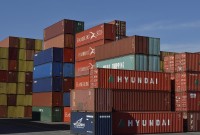- Home
- Business Processes
- Industry Knowledge
- Aerospace Industry
- Automotive Industry
- Banking Domain
- BFSI Industry
- Consumer/ FMCG Industry
- Chemicals Industry
- Engineering & Construction
- Energy Industry
- Education Domain
- Finance Domain
- Hospitality Domain
- Healthcare Industry
- Insurance Domain
- Retail Industry
- Travel and Tourism Domain
- Telecom Industry
- Leadership Skills
- eLearning
- Home
- Business Processes
- Order to Cash
- Inbound Putaway Process
Inbound Putaway Process
After products have been received and passed a quality inspection, they need to be stored so that you can find them when you need them. This process is called putaway. The spot where you store a particular product is called a location. One section of a warehouse might have small locations for light items; another area may have large locations on the floor for heavy items.
After products have been received and passed a quality inspection, they need to be stored so that you can find them when you need them. This process is called putaway. The spot where you store a particular product is called a location. One section of a warehouse might have small locations for light items; another area may have large locations on the floor for heavy items. This type of division is called slotting. To minimize the distances that people will travel, distribution centers should be laid out so that the products shipped most frequently are closer at hand and those shipped less often are farther away.
Warehouse put-away
The inbound material is first received at the default receipt location as specified during the warehouse layout. The next step is for the warehouse worker to move the registered quantities from the receiving location to a regular storage location. Warehouse operations typically require that the quantities be moved from the receiving dock to the regular warehouse storage, so that the subsequent picking processes can occur. This is known as put-away process and it refers to all the processes that happen between receiving goods from vendors and having them all put away into their assigned places. Having a put-away process simplifies the tracking of storing items, reduces the risk of misplacing or losing items, and keeps your warehouse clean and organized.
Inventory Status is Updated
Inventory should be considered available or unavailable for certain operations. For example, inventory should be unavailable for orders until putaway is complete. As soon as putaway is complete, the inventory should become available for orders automatically, without any intervention from users.
To facilitate this tracking, different Inventory Statuses are assigned to inventory. The Inventory Status of the inventory changes at different stages like when inventory is received, when inventory is awaiting inspection, when inventory is moved to storage etc. Inventory Statuses can also be associated with zones, for example, when product moves to QC zone, its Inventory Status changes to the Inventory Status associated with the QC zone, which may indicate that the product is undergoing QC. Items are available for sale After the inbound process is completed, items become available for sales and other outbound and internal operations.
Move Request
Move requests are created to ensure that inventory is moved from one to location to another, within a warehouse, in an automated manner. These are not representative of transfers between warehouses, which are actual shipments.
Slotting Process
Warehouses re-slot forward pick zones every season to utilize the most cost-effective and efficient locations to store inventory. Slotting is performed based on the velocity of the items. Slotting ensures that items with highest velocity are placed in locations belonging to the Golden zone. Locations in the Golden zone are easily accessible. Therefore, the picking efficiency of the picker is increased when picking inventory in this zone.
Related Links
You May Also Like
-
What is the difference between Warehouse Management & Inventory Management?
The terms “inventory management” and “warehouse management” are sometimes mistakenly used interchangeably as they both deal with operations and products of industries. Despite their few similarities, there are many notable differences between warehouse and inventory management systems.
-
To stay competitive in today’s tough market, the location of your warehouse is vital. To grow retail business need to offer to customers faster and affordable shipping time, which is dependent on the warehousing location as the location of the warehouse affects the transit time to ship orders to customers.
-
The Outbound process starts with routing the shipments. The Outbound execution process starts from the point when pick tasks are completed for an outbound shipment and ends at the point where the outbound packages are loaded into trailers. The Warehouse Outbound process includes managing and controlling outgoing materials starting from the download of orders through to the shipping of products from the warehouse.
-
Transport operations are often divided into full load and part load and due to economies of scale, the unit costs are higher for part loads. Our customer needs several part loads delivering, so it can reduce costs by consolidating these into full loads. Then it gets all the part loads delivered to a warehouse near the suppliers, consolidates them into full loads, and pays the lower costs of full-load transport to its operations.
-
Warehouses may seem like a simple, straightforward concept, but they actually include a variety of different types of warehouses that all have their own niche. The type of warehousing that’s right for you depends on your specific industry, location, and needs. From private warehousing, distribution centers, and climate-controlled warehouses, there’s an option to suit every business.
-
Warehouses can be places where piles of packed or loose products occupy space. If left disorganized, it will become very challenging to identify products for packing or picking. Hence, proper organization of warehouse is very important. Warehouse labeling systems eliminate this problem by making sure products are easily identified and managed during the warehousing and shipping process. Labeling is the most functional and cost-effective way to keep your warehouse organized and operating efficiently.
-
In the normal course of business, customers are likely to return orders from time to time due to various reasons and business should design processes the manage and accept such returns. A well designed returns management process can reduce costs and issues associated with returns or exchanges.
-
Overview of Warehouse Processes
The basic function of a warehouse is to store goods. This means that they receive deliveries from suppliers, do any necessary checking and sorting, store the materials until it is dispatched to customers. Traditionally warehouses were seen as places for the long-term storage of goods. Now organizations want to optimize their customer experience and try to move materials quickly through the supply chain, so the role of warehousing has changed.
-
After products have been received and passed a quality inspection, they need to be stored so that you can find them when you need them. This process is called putaway. The spot where you store a particular product is called a location. One section of a warehouse might have small locations for light items; another area may have large locations on the floor for heavy items.
-
Inventory is money, and hence businesses need to perform physical inventory counts periodically to make sure that their inventory records are accurate. The traditional approach to conducting inventory counts is to shut down a facility during a slow time of year to count everything, one item at a time. This process is slow, expensive, and (unfortunately) not very accurate.
Explore Our Free Training Articles or
Sign Up to Start With Our eLearning Courses

About Us
Learning
© 2023 TechnoFunc, All Rights Reserved











